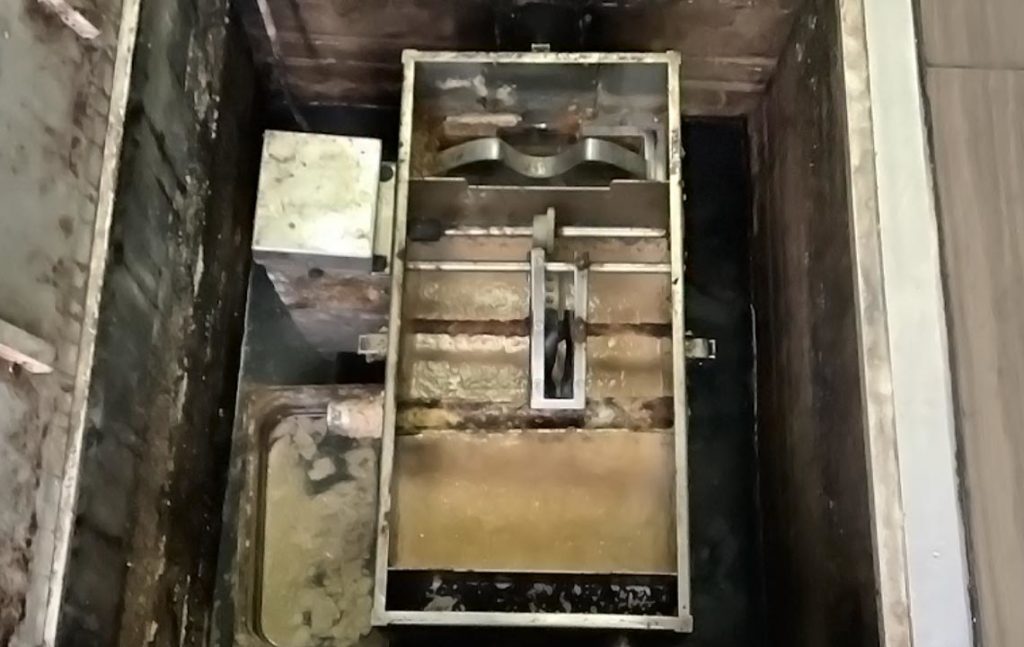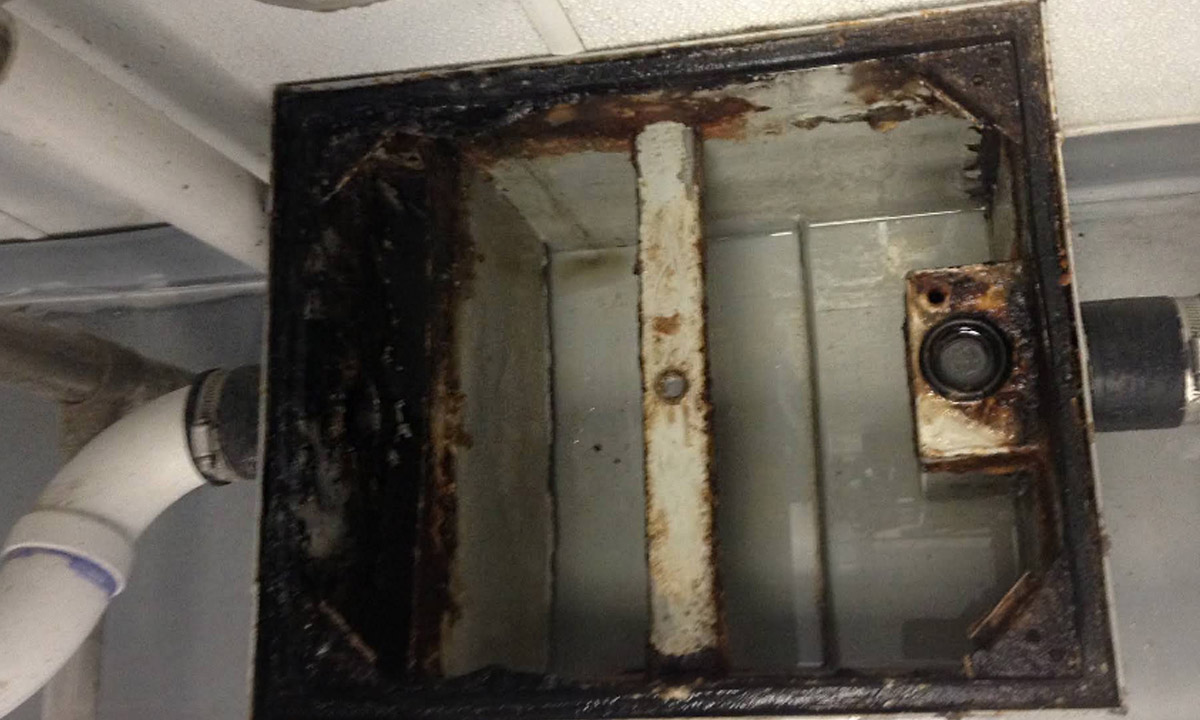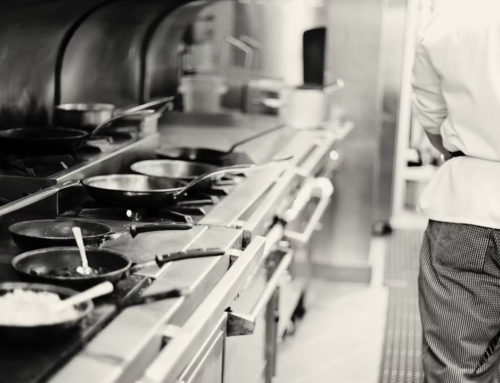What is the Life Expectancy of a Grease Trap?

A grease trap’s life expectancy can vary depending on various factors, including its type, size, usage, maintenance, and local regulations. Grease traps are essential components in commercial kitchens and food service establishments, designed to capture and prevent the discharge of fats, oils, and grease (FOG) into the sewer system. Understanding the factors influencing the lifespan of a grease trap is crucial for proper maintenance and compliance with environmental regulations.
What It’s Made Of
One of the primary determinants of a grease trap’s lifespan is its material composition. Grease traps are commonly made of materials such as stainless steel, concrete, or plastic. Stainless steel traps are known for their durability and resistance to corrosion, making them a popular choice in commercial kitchens. Concrete traps, on the other hand, may be susceptible to deterioration over time due to the acidic nature of fats and oils. Plastic traps are lightweight and resistant to corrosion but may not be as durable as stainless steel.
Size
The size of a grease trap also plays a significant role in its longevity. Larger traps generally have a longer lifespan as they can accommodate more FOG before requiring maintenance. Smaller traps may need more frequent cleaning, impacting their overall lifespan. Proper sizing of grease traps according to the kitchen’s needs is essential for optimizing their efficiency and lifespan.
Maintenance
The frequency and effectiveness of maintenance practices directly impact the lifespan of a grease trap. Regular cleaning and maintenance are crucial to prevent the accumulation of FOG, solids, and debris within the trap. Neglecting proper maintenance can lead to clogs, foul odors, and decreased efficiency. The frequency of maintenance depends on factors such as the volume of wastewater generated, the type of cooking processes involved, and local regulations.
Local Regulations
Local regulations and compliance requirements also influence the lifespan of grease traps. Many jurisdictions have specific guidelines regarding the installation, sizing, and maintenance of grease traps to prevent environmental contamination. Establishments must adhere to these regulations to avoid penalties and ensure the longevity of their grease traps. Regular inspections by regulatory authorities may be required, and failure to comply can result in fines and legal consequences.
Volume Going In
The type of cooking processes in a commercial kitchen affects the amount and composition of FOG entering the grease trap. High-volume kitchens with intensive frying activities may experience a more rapid buildup of grease, necessitating more frequent maintenance. Awareness of the kitchen’s cooking practices is essential for implementing an effective maintenance schedule and preserving the grease trap’s lifespan.

How to Improve the Life Expectancy of your Grease Trap
To improve the life expectancy of your grease trap and ensure it functions properly for as long as possible, follow these best practices:
1. Clean It Regularly
Routine cleaning is the most important thing you can do. Grease traps fill up over time, and if not cleaned, the buildup can clog the system, corrode the trap, and shorten its lifespan.
- Clean small indoor traps (like in restaurants) every 1–2 weeks.
- Pump large outdoor traps every 1–3 months, or as required by local regulations.
- Don’t wait until it smells or overflows — stick to a schedule.
2. Scrape Plates and Pots Before Washing
Reduce the amount of grease, food solids, and debris going down the drain.
- Use sink strainers.
- Scrape food waste into the trash or compost before washing.
- Wipe out pans with paper towels before rinsing.
3. Avoid Pouring FOGs Down the Drain
FOGs = Fats, Oils, and Grease. Even hot oils cool and harden in the trap, creating blockages and corrosion.
- Recycle used oil when possible.
- Store grease in containers, not in the sink.
4. Install a Properly Sized Trap
An undersized grease trap will clog frequently and deteriorate faster. Make sure the trap is appropriately sized for your kitchen’s capacity and type of cooking.
- Consult a plumber or local code for proper sizing.
- Oversized systems may also retain too much water and cause odors or inefficiency.
5. Use Enzyme/Bacteria Additives (Cautiously)
Some biological treatments help break down grease buildup, reducing odors and blockages — but they don’t replace cleaning and should be approved for your specific trap type.
- Avoid chemical drain cleaners — they damage the trap and kill helpful bacteria.
6. Monitor for Leaks and Corrosion
Inspect the trap regularly for signs of:
- Rust or corrosion (especially with metal traps)
- Loose seals or gaskets
- Leaking joints or foul odors
Address small problems early before they turn into major repairs or replacements.
7. Keep Accurate Maintenance Records
Track cleanings, inspections, repairs, and pumping dates. This helps:
- Identify patterns of early clogging
- Stay compliant with local regulations
- Extend equipment life by catching issues early
8. Train Kitchen Staff
Make sure your staff knows what not to pour down the drain, how to scrape food properly, and why grease trap maintenance matters.
9. Hire a Professional for Periodic Inspections
A licensed grease trap technician can spot problems you might miss and recommend maintenance or upgrades to improve lifespan and efficiency.
In conclusion, the life expectancy of a grease trap is influenced by a combination of factors, including material composition, size, maintenance practices, local regulations, and the nature of cooking processes. Regular and proactive maintenance, adherence to regulations, and choosing an appropriate-sized and durable grease trap are key elements in maximizing its lifespan. Establishments should prioritize proper care and compliance to ensure the continued efficiency and functionality of their grease traps, contributing to a sustainable and environmentally responsible operation.




